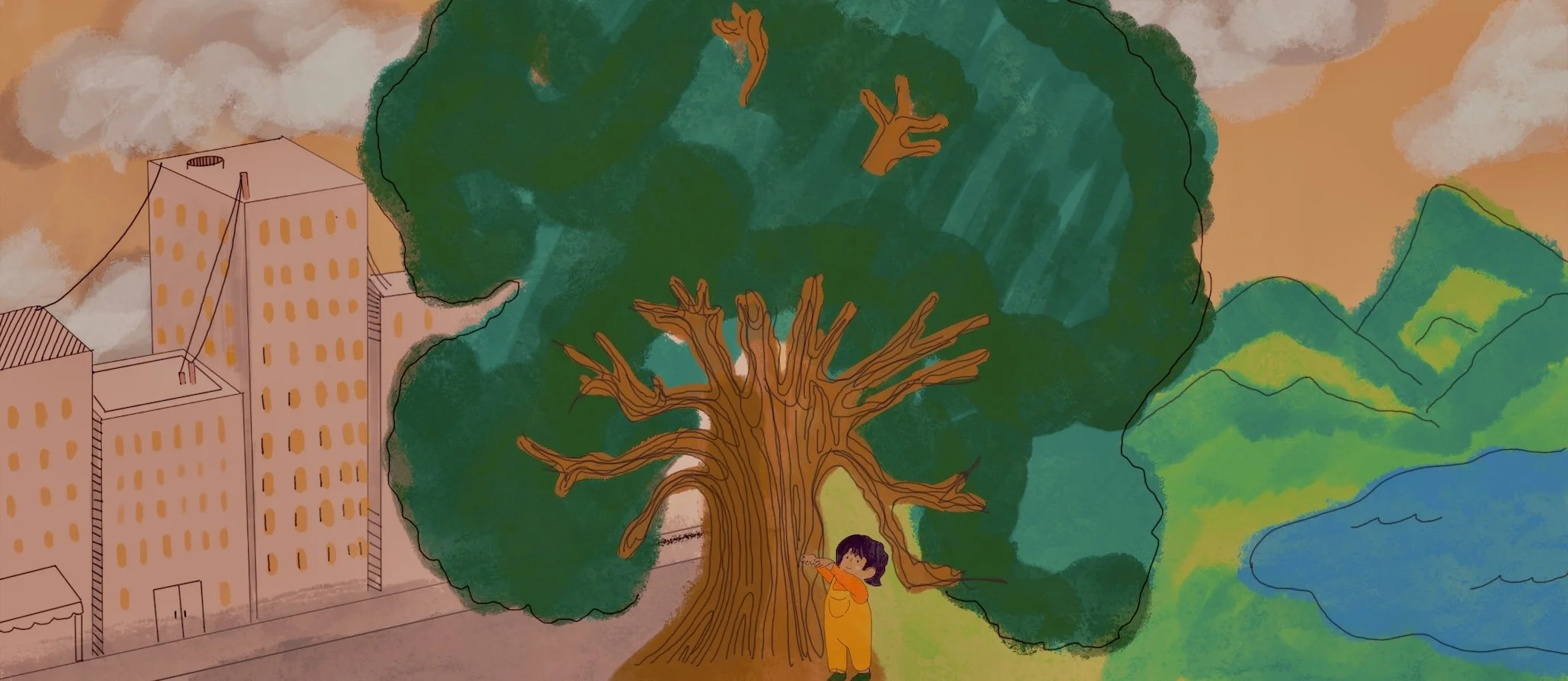Say my Name
“Ah-noo? Am I saying that right?” A new classmate at my older sister’s fifth-grade open house event dances around the question carefully.
I glance up to observe my sister’s reaction: an amalgam of raised eyebrows, tired eyes, and practiced smiles, “Yeah, that’s it”.
As if.
“Actually, it’s pronounced Uh-noo, not AH-noo,” I interrupt, inserting my silky black, Dora-cut hair between the misunderstood stranger and my sister. I perch one hand sassily on my left hip and the other gently into my sister’s hand -- no one was going to get past my six-year-old, four-and-a-half-foot self with a counterfeit pronunciation.
The stranger widens her eyes and apologizes, “Oh I’m so sorry - Uh-noo? Is that better?”
I look back to catch my sister’s lips curve up slightly.
“Yeah, that’s better,” my sister smiles.
***
I’ve always been known to be a little feisty, determined to get what I want and very vocal about it. And, at six years old, opportunities to express this side of myself presented themselves when people mispronounced my name (or my older sister’s, since I was always waddling along beside her at that age).
But why was I so adamant over a name?
It may be because I take pride in it – and not simply because the name, Asmita, in-itself means pride (ironic, I know) – but because it is the first representation of who I am. Our names are the first line of our identification cards, the first words we write on formal papers, and the first sounds we turn our heads around to. A name is ours and our world’s reference point and proof of existence: a link to our face, our history, and our experiences.
Our names provide a backstory. Asmita carries history in its Nepali and Hindu linguistic-cultural roots. These roots paint pictures of the lush, green valleys and mountainsides of Nepal, and of the sandy, stone castles lining the kingdoms of ancient India. But names also carry the future, holding meaning beyond what its given, for the beauty in a name is also the meaning the person gives it during their lifetime.
Growing from the trunk of the Asmita tree divides two branches: one luscious of Nepali culture and the other rich from the years of a suburban American upbringing. The Nepali branch flaunts healthy leaves of daily dal-bhat – basmati rice, and turmeric-ginger-garlic spiced vegetable curry dinners, of the morning prayers to the gods and goddess idols, and evening philosophical talks on Buddhism with my dad. The American branch reveals layers of bark growing atop the core of the Nepali heritage; from the English as a second language reading and writing classes, to the childhood memories of watching PBS shows and Good Luck Charlie reruns, to neighborhood barbeques and classroom birthday parties inspiring my newfound love for pizza parties and late night ice cream; the layers keep growing. Although with the sound of a name, a long past may not suddenly emerge and unfold in front of us, by using the name’s correct pronunciation, we begin to acknowledge the history of the individual and respect the person from their roots to their current, newly forming branches. At six years old, I never analyzed the depth of meaning that a name could hold. I simply knew I wished to be recognized for who I was and that this identity of mine was protected by the pronunciation I let the world have access to. From a young age, I’ve felt that a mispronounced name was akin to identity theft – someone creating their own replica of the tree that represented me, but one that was easier to draw, for the sake of being easier to digest and to know. But I’ve realized as I’ve grown older that I was never meant to be simplified. Regardless of the number of times I may have to repeat myself or correct a stranger’s counterfeit pronunciation, I will take being known as a feisty Nepali girl any day, rather than being known as anything other than who I truly am.

